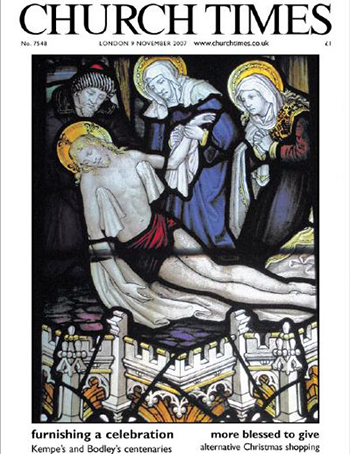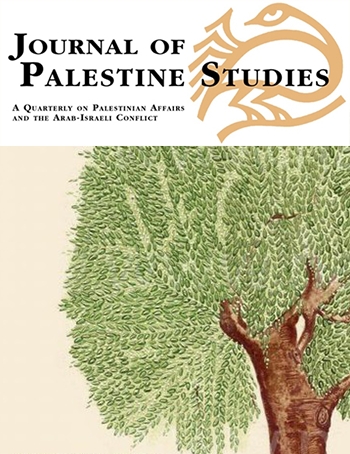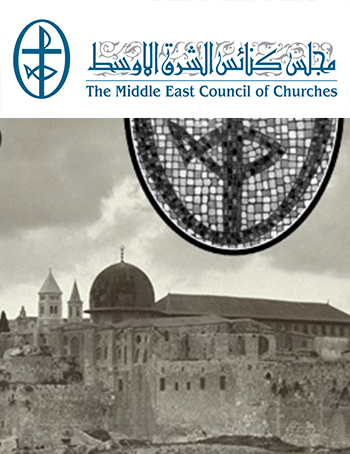
CHURCH TIMES
A Prize for the Invaders: The Torment of Gaza
This is a clever title for a history of Gaza . The Gaza Strip lies geographically on the crossroads between the Near East and North Africa - a land bridge over which peoples and armies must cross to move from one region to another. Simultaneously, it conveys the sense of the historical crossroads at which Gaza now stands: emerging from almost 30 years of 's military occupation, it could go down any of a number of routes.
Gerald Butt's history of Gaza traces it rich and complex story. Because of its strategic location, Gaza knew little peace throughout its history. The remains of hunter-gatherer communities have been identified in Gaza from as early as approximately 3300 BC, and the earliest Canaanite communities left substantial artifacts from around 3000 BC. Gaza 's documented history begins in the Middle Bronze Age (1800-1500 BC). Gaza was a prize over which the Egyptians repeatedly fought - Egyptian chronicles of the 15th century BC (the Tell-el-Amarna letters) speak of the sea route as "The Way of Hours", and control of Gaza was essential for control of the whole route.
Egyptians control was to be lost to the "sea people" of Crete and from 1200 BC. Their Aegean culture was to be strongly influenced by the indigenous Semitic one - the God Dagon had a large temple in Gaza, which figures in the biblical narrative of Samson, and the story of Philistine-Israelite clashes can be traced, albeit partially, in Joshua, Judges and Samuel.
Invasion and subjugation is the continuing story for the next thousand years, under Assyrians, Babylonians, Persians, Greeks, Romans and Byzantines. Arab and Islamic power was established early in the seventh century, and with a short-lived Crusader interlude, was to continue until the 16th century with the triumph of Ottoman power in the region. Gaza's decline under the Ottomans was dramatic - at he end of their period, an observer wrote in 1917 that Gaza was a "lamentable spectacle".
"Lamentable" has been Gaza's 20th century story under British, Egyptian and Israeli occupation, right up until 1987, with the beginning of the Intifada in Gaza that year. The Intifada (literally "shaking off") was the beginning of the end of occupation - Yasser Arafat re-entered Gaza on 1 July 1994 to begin a new, uncharted chapter.
Life at the Crossraods details well the route that has brought Gaza to where it now is - on the verge of statehood. Thus us not the end of the story. A struggle for power continues between the mainstream, pluralist PLO and the Islamist Hamas movement. Israeli settlers still remain.
Gaza is physically separated from the rest of the Palestine National Authority area in the West Bank . Butt has helped to put Gaza back on the map with this detailed history, and given the general reader a more balanced picture than the media's one of tear gas, violence and "Islamic Terror."
Book review by William Taylor
Dr. William Taylor is Vicar of St. Peter's, Ealing in West London, and was formerly a chaplain in Amman, Jordan.


